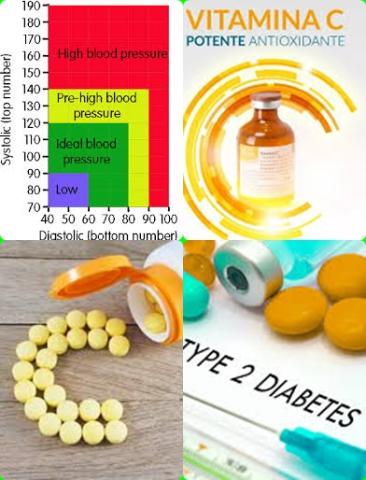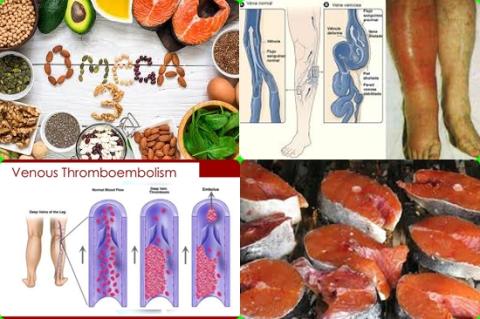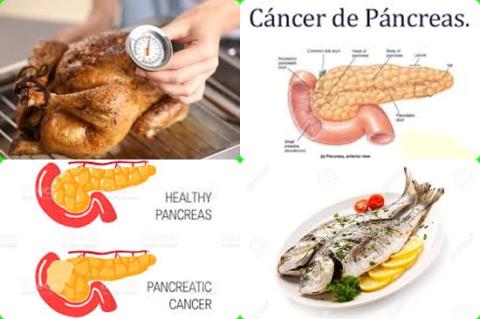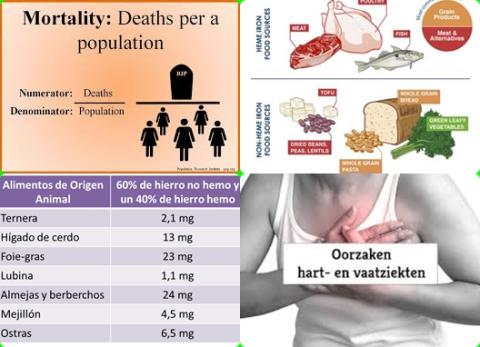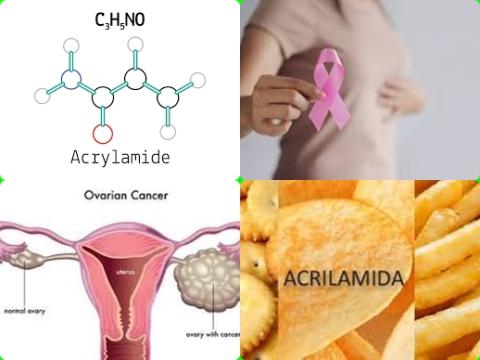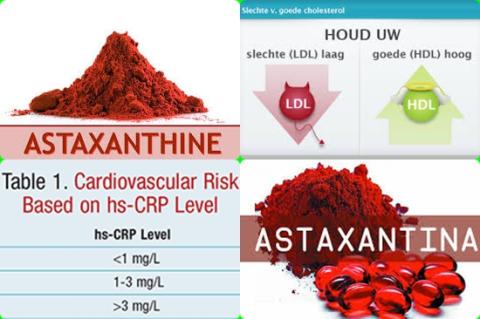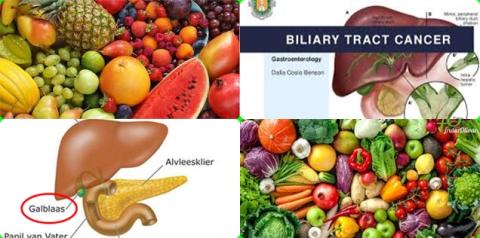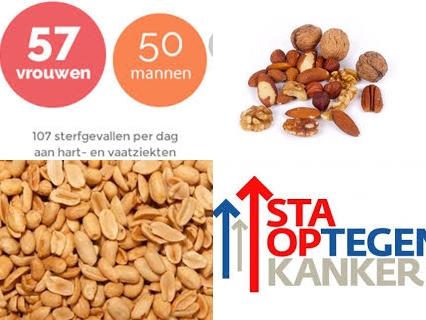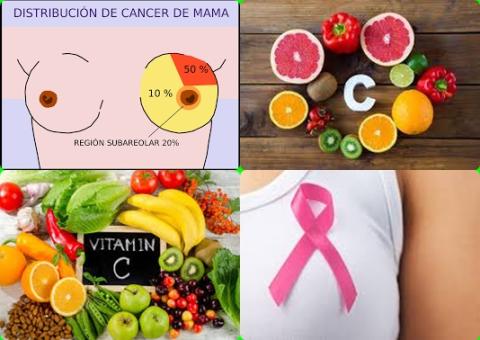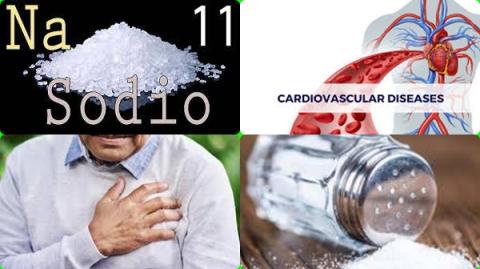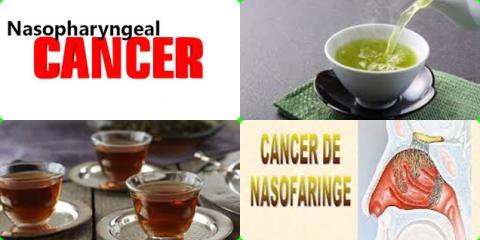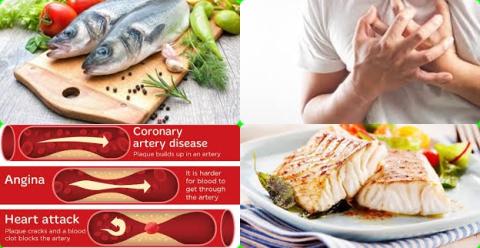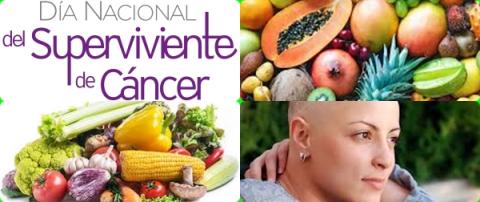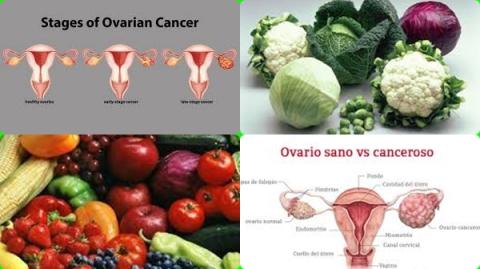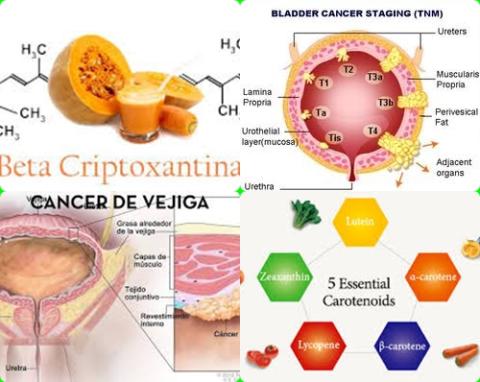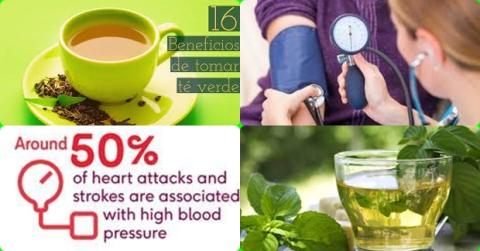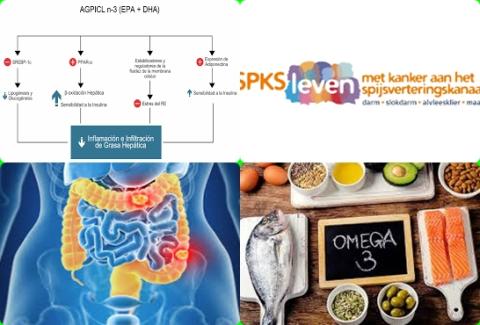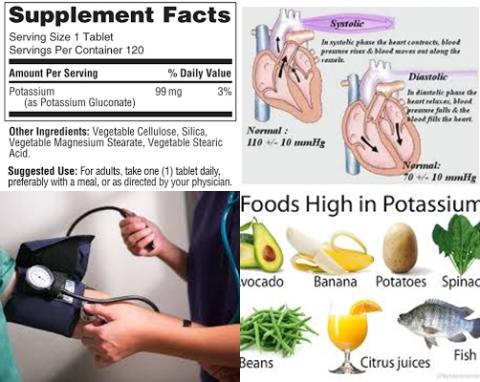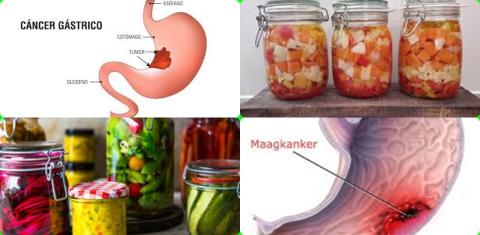A low selenium level increases breast cancer
Objectives:
Does a low selenium level in human tissues increase the risk of breast cancer?
Study design:
This review article included 18 case-control studies with 3,374 women diagnosed with breast cancer (case group) and 3,582 healthy controls (women without breast cancer).
Results and conclusions:
The investigators found selenium level of the case group (group with women diagnosed with breast cancer) was significantly lower than the control group (group with women without breast cancer) [-0.53 μg/L, 95% CI = -0.72 to -0.34, p 0.001].
The investigators found in subgroup analysis that serum selenium level of the case group was significantly lower than the control group [-1.14 μg/L, 95% CI = -1.70 to -0.58, p 0.001].
The investigators found in subgroup analysis that plasma selenium level of the case group was significantly lower than the control group [-0.21 μg/L, 95% CI = -0.37 to -0.04, p 0.014].
The investigators found in subgroup analysis that selenium level of toenail of the case group was significantly lower than the control group [-0.21 μg/L, 95% CI = -0.38 to -0.03, p 0.021].
The investigators concluded that a low selenium level in human tissues increases the risk of breast cancer, which may improve the understanding of the effects of selenium on human health.
Original title:
Relationship Between Selenium in Human Tissues and Breast Cancer: a Meta-analysis Based on Case-Control Studies by Zhu X, Pan D, […], Sun G.
Link:
https://pubmed.ncbi.nlm.nih.gov/33420696/
Additional information of El Mondo:
Find more information/studies on selenium and breast cancer right here.
